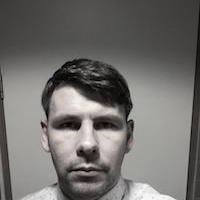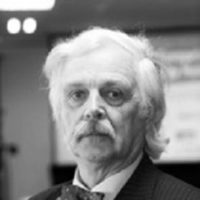
Ambitious project will create step change for wave energy industry
A €19.6 million partnership project aiming to be the stepping stone towards large scale wave energy commercialisation, will be launched this week at the International Conference on Ocean Energy in San Sebastian, Spain.
WEDUSEA is a pioneering collaboration between 14 partners, spanning industry and academia from across the UK, Ireland, France, Germany and Spain. It is co-ordinated by Irish company OceanEnergy and is co-funded by the EU Horizon Europe Programme and Innovate UK.

MaREI, the SFI Research Centre for Energy, Climate and Marine in University College Cork is a partner in this ambitious project. Dr Michael O’Shea of MaREI and UCC’s School of Engineering and Architecture says “WEDUSEA will demonstrate that an 1MW Irish owned floating offshore renewable energy technology, the OE35, can produce clean power in a harsh Atlantic environment. This project builds on decades of R&D that UCC has contributed to, including the CORES project wherein a 1/4 scale OE device was installed in Galway Bay. The learnings generated from WEDUSEA will pave the way for the next step in floating offshore renewables i.e. the development of offshore arrays in resource rich locations such as off the coast of Ireland”
OceanEnergy has developed the OE35, which is the world’s largest capacity floating wave energy device. Floating on the ocean’s surface, the device incorporates a trapped air volume, with the lower part open to the sea. Wave pressures at the submerged opening cause the water to oscillate and drive the trapped air through a turbine to generate electricity. This energy can be exported to the grid or used in other offshore applications.
The WEDUSEA project will demonstrate a grid connected 1MW OE35 floating wave energy converter at the European Marine Energy Centre Test Site in Orkney, Scotland.
Prof Tony Lewis, Chief Technical Officer at OceanEnergy, explains: “This rigorous technical and environmental demonstration will happen over a two-year period in Atlantic wave conditions. We believe this will be transformational for the wave energy industry, with outcomes directly impacting policy, technical standards, public perception and investor confidence. Wave energy is the world’s most valuable and persistent renewable resource. However, it has yet to be fully realised. The project will demonstrate that wave technology is on a cost reduction trajectory and will thus be a stepping stone to larger commercial array scale up and further industrialisation. We predict that the natural energy of the world’s oceans will one day supply much of the grid.”
European Commission
Project Manager at the European Marine Energy Centre
The four-year WEDUSEA project has three phases. The first phase is the initial design of a device suited to European Marine Energy test site’s ocean conditions. This will be followed by the demonstration at the site, lasting two years. The final phase will be commercialisation and dissemination which sees the capitalisation and exploitation of the results. OceanEnergy and other consortium companies will actively exploit the results through new innovations, products and services. The results will also be disseminated to feed both environmental databases and IEC electrotechnical standards.
University of Exeter
CEO of the trade association Ocean Energy Europe
Disclaimer: Funded by the European Union. Views and opinions expressed are, however, those of the authors only and do not necessarily reflect those of the European Union or CINEA. Neither the European Union nor the granting authority can be held responsible for them.




